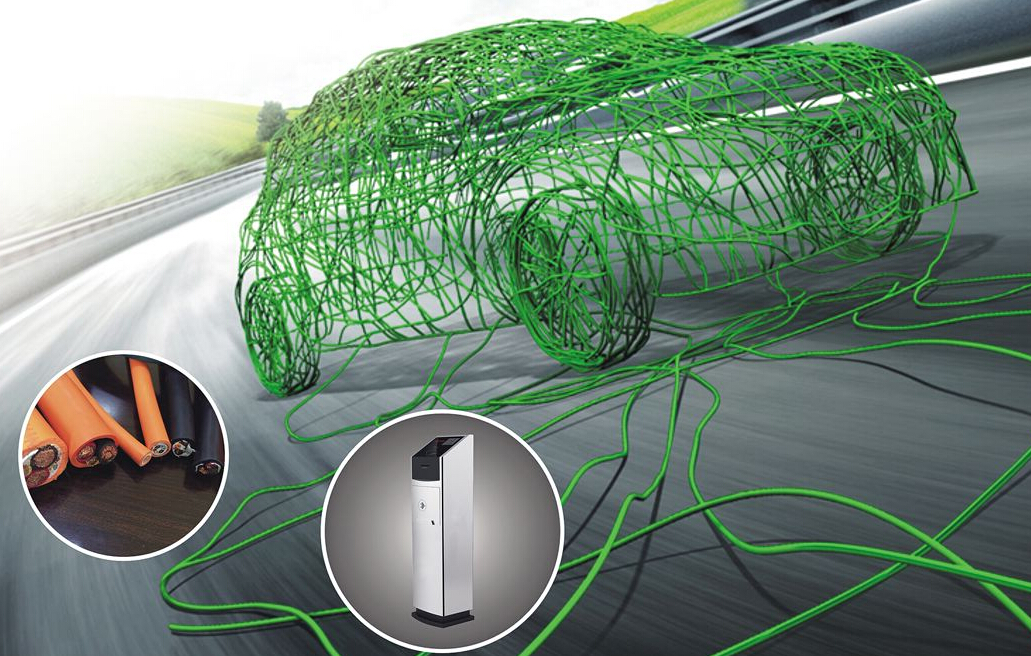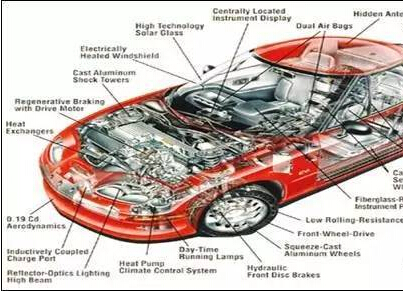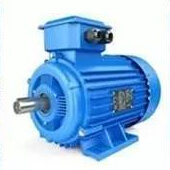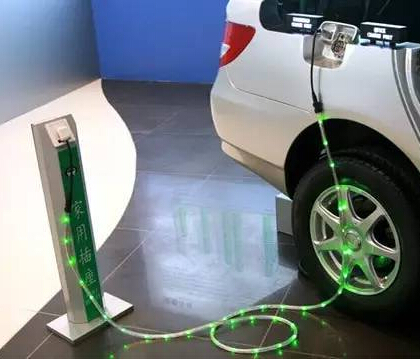In February this year, the Ministry of Finance announced the "Circular on Adjusting and Perfecting the Financial Subsidy Policy for the Promotion and Application of New Energy Vehicles" (hereinafter referred to as the new policy). According to the notice, during the transitional period from February 12 to June 11, the new energy passenger cars and new energy passenger vehicles that were on the market were subsidized at 0.7 times of the previous subsidy standard. New energy trucks and special vehicles were .4 times the subsidy, the fuel cell vehicle subsidy standard is unchanged. The new subsidy policy implemented on June 12 separated out the range of meticulous cruising ranges: subsidy for 150-300 km model subsidy for pure electric vehicles is reduced by approximately 20%-50%, while models with less than 150 kilometers of battery life will no longer enjoy Subsidies; models with cruising range of 300-400 km and above 400 km, subsidy are raised by 2% to 14% respectively.

The new policy sets four subsidy thresholds for pure electric vehicles. Except for “No change in the maximum speed of 30 minutes, no less than 100km/h”, the other three subsidy thresholds have been significantly improved, and the subsidy standards for cruising range and battery system energy density have been significantly improved. Adjustment factors and energy consumption adjustment factors have clear and strict requirements. The high subsidy for cruising mileage is only slightly higher for 300 KM or more pure electric vehicles. The increase in subsidy amounts to only 300 km to 400 km and over 400 km. 6000 yuan, and finally get a subsidy of 44,000 yuan and 50,000 yuan.
The most important aspect of the new policy is to significantly increase the battery energy density standard, promote the development of high-end passenger vehicles, promote the upgrade of special vehicles, and achieve high-quality development of the industrial chain. In terms of quality energy density standards for power batteries, the mass energy density requirement for power battery systems for purely electric passenger cars was not less than 90 Wh/kg, and for those above 120 Wh/kg, it was subsidized at 1.1 times the standard. . The new regulations require that the battery mass energy density should not be less than 105Wh/kg, models of 105Wh/kg to 120Wh/kg should be subsidized at 0.6 times, while models with 120Wh/kg to 140Wh/kg should be subsidized at 1 times, 140Wh/ The models with kg to 160Wh/kg are subsidized at 1.1 times, while those at 160Wh/kg and above are subsidized at 1.2 times.
Some industry insiders believe that under the new regulations, a number of low-end mileage models will be eliminated, the strength of car prices will continue to optimize product performance, promote the high-quality development of new energy vehicle industry.
















 RCCN WeChat QrCode
RCCN WeChat QrCode Mobile WebSite
Mobile WebSite







